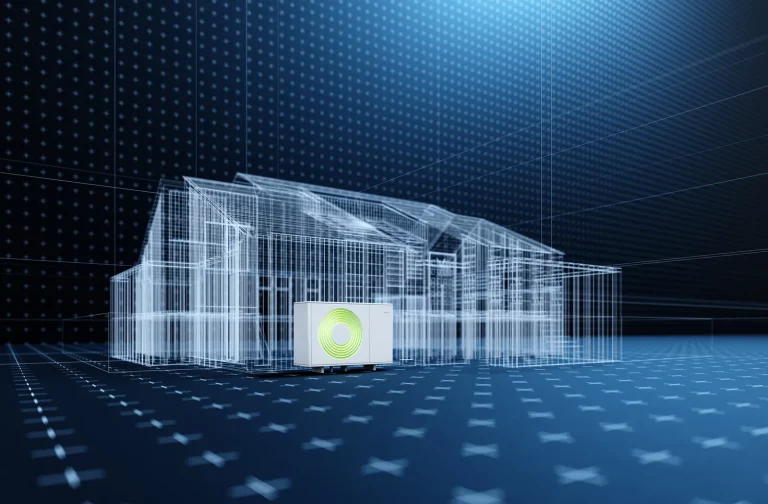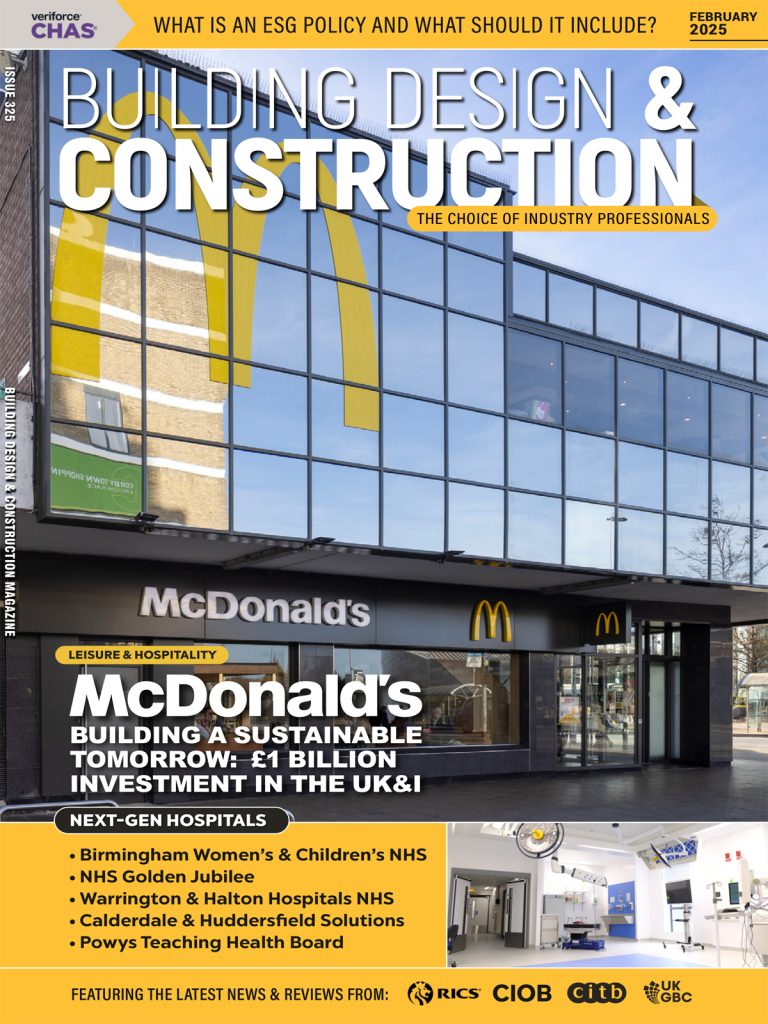So, you’ve started your home-building journey? Congratulations! This is an exciting moment, loaded with many decisions and choices. While tiles, flooring, and countertops are exciting, it is equally crucial to consider the “back of house” systems, such as HVAC systems. Studies show that a home’s heating and cooling system accounts for roughly 40% of its energy consumption. With such a huge impact, you must give extra consideration to the system at the outset of your project to avoid problems later. To help you out, here are best practices when coming up with a heating and cooling system for your home: Include the HVAC system installation in the build phase While many people choose to have their air conditioning installed after handover, there are numerous benefits to doing it during construction. This includes: Allowance for ducting, cables, vent positions, return air grilles, and pipework to be installed early on and run in the most efficient manner and location. This becomes more critical in two-story buildings. The different contractors are available for you and since they are already on site and knowledgeable with your build, they are likely to give you a great installation. You also get to save money and time. Peace of mind and convenience. After installing the system during the build phase, you simply need to move in and enjoy your house once the other parts are complete. On the other hand, one of the primary benefits of organizing air conditioning yourself is complete freedom of choice. If you decide to install your air conditioning after the handover, you can still hire contractors early enough so that there are no delays with you getting into your new house. Sharing your project design and floor plan allows an external contractor to advise you on what you need to consider and ensure a fast installation after handover. All in all, as long as you are working with experienced professionals who know what they are doing, you get more benefits when installing your system during the building phase. Have efficiency at the top of your mind. It’s also wise to have a passive design when installing your system. This design refers to design decisions that collaborate with the local climate to achieve energy efficiency. Thinking about these components throughout the construction stage can significantly impact the energy necessary to heat and cool your home, ultimately keeping it comfortable year-round. Consider your landscaping. It can significantly reduce the amount of energy used for heating and cooling. For example, deciduous trees planted along the southern and western boundaries will give natural shade to your home during the summer months before dropping their leaves to allow the winter sun to shine through. Did you know insulating your walls can save you 15% on heating and cooling bills? To take advantage of this, install high-quality insulating materials in your home. Install double-glazed windows. They can reduce heat loss or gain by over 30% compared to single-glazed windows. Choose the right exterior roof and wall colors. In general, lighter-colored roofs reflect heat away, whereas darker-colored roofs absorb heat and transfer it to rooms below. A darker roof may be the better option in cooler locations with longer winters and shorter, milder summers. The converse is also true, so it is critical to design your home by its surroundings. According to recent amendments to the National Construction Code, new home developments must have a minimum energy efficiency rating of 7 stars under the Nationwide House Energy Rating Scheme (NatHERS). During construction, inquire with your builder about how your home satisfies these standards. Pay attention to the climate. Designing and installing an HVAC system is a significant investment, so select the appropriate system for your location and climate. Failure to consider the climate might lead to costly repairs or, perhaps, complete system replacement. When considering a climate, consider both the annual and monthly average temperatures. These data will assist you in determining the appropriate HVAC system type and size to go for. Humidity, wind speed, and sun exposure are important considerations when constructing an HVAC system. Knowing these characteristics can help you avoid potential problems in the future. Ensure the unit fits the house. Not all HVAC systems are the same size. This enables homeowners to discover a solution for their specific square footage. Unfortunately, the many options make it slightly more challenging to select the appropriate system in the first place. If the unit is too large, your home will get extremely humid and will not remain at the desired temperature throughout the day. If the unit is too tiny, it must work harder to keep your home warm. This results in high energy costs and may cause unnecessary wear and tear on the system. Speak with your heating and conditioning specialist to ensure your system is appropriate for your home. If it doesn’t, you should consider getting one that will give you the experience you are after. Be cautious about the thermostat. When choosing the ideal thermostat for your building, go with a programmable thermostat. Programmable thermostats are the most effective way to keep your house comfortable no matter how awful the weather outside. If your newly built home has a programmable thermostat system, that’s excellent. If not, consider upgrading. Programmable thermostats allow you to set the temperature across your home and then forget about it. The HVAC system will activate when needed, and your house will remain at that temperature whether you are present or not. Depending on the system, you may also be able to configure different temperatures for different times of day, increasing the efficiency of your unit. You can, for example, set the thermostat to be somewhat cooler in the winter and warmer in the summer while you are away from home. Then, instruct the system to bring the house temperature closer to your preferred setting just before you arrive home. This allows your HVAC system to run less frequently, reducing wear and tear and lowering repair expenses. Parting shot






